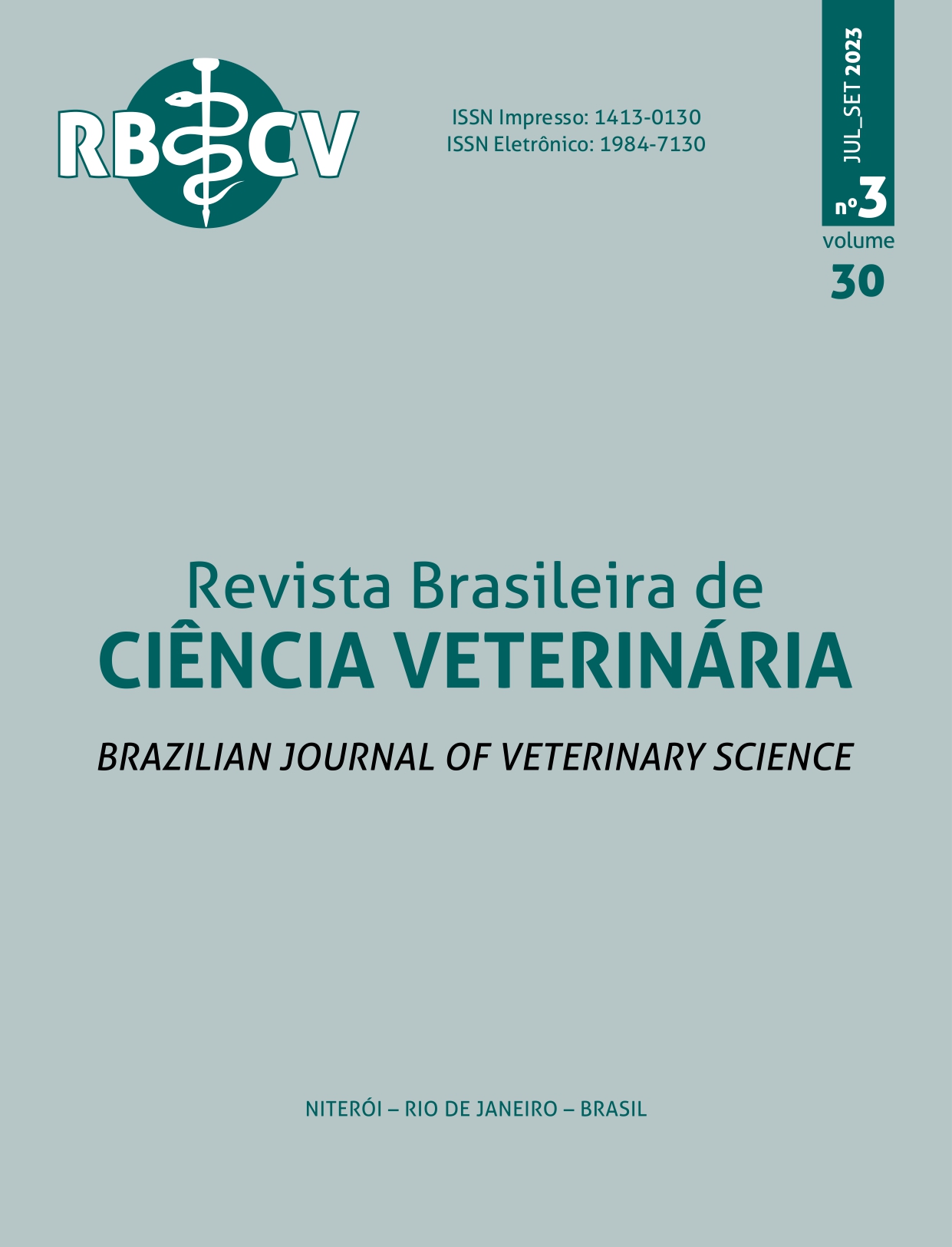Padronização e avaliação de desempenho da técnica de Isolamento do vírus da raiva (VRAB) em células de neuroblastoma murino (N2A) no Pará, Brasil.
Mots-clés :
rabies, diagnosis, cell cultura, mice, cellsRésumé
Rabies is a zoonotic disease caused by Rabies lyssavirus (RABV). Around 60,000 human deaths atributted to the disease are periodically recorded worldwide, while accurate estimation of rabies incidence among other animals, mainly in wildlife, is unfeasible. The rabies diagnostic network in Brazil applies the direct fluorescent antibody (FAT) and virus isolation in mice (VIM) techniques. However, in recent decades, considerable improvements in diagnostic techniques for RABV were achieved as new methods were developed and standardized, aiming to increase sensitivity and shorten the execution time. In addition, even following animal welFATre guidelines and rational use of animals, the substitution of VIM by alternative methods, as virus isolation in cell culture (VICC), has been encouraged. In this study, we evaluate the performance of VICC in our laboratory routine, which revealed to be a highly sensitive and specific technique for detecting RABV enabling its implementation as an alternative method to VIM. Besides the benefits involving the absence of animal use, a shorter laboratory execution time for diagnosis was required, which is a very important Factor for the success of the control measures promoted by surveillance agencies.


